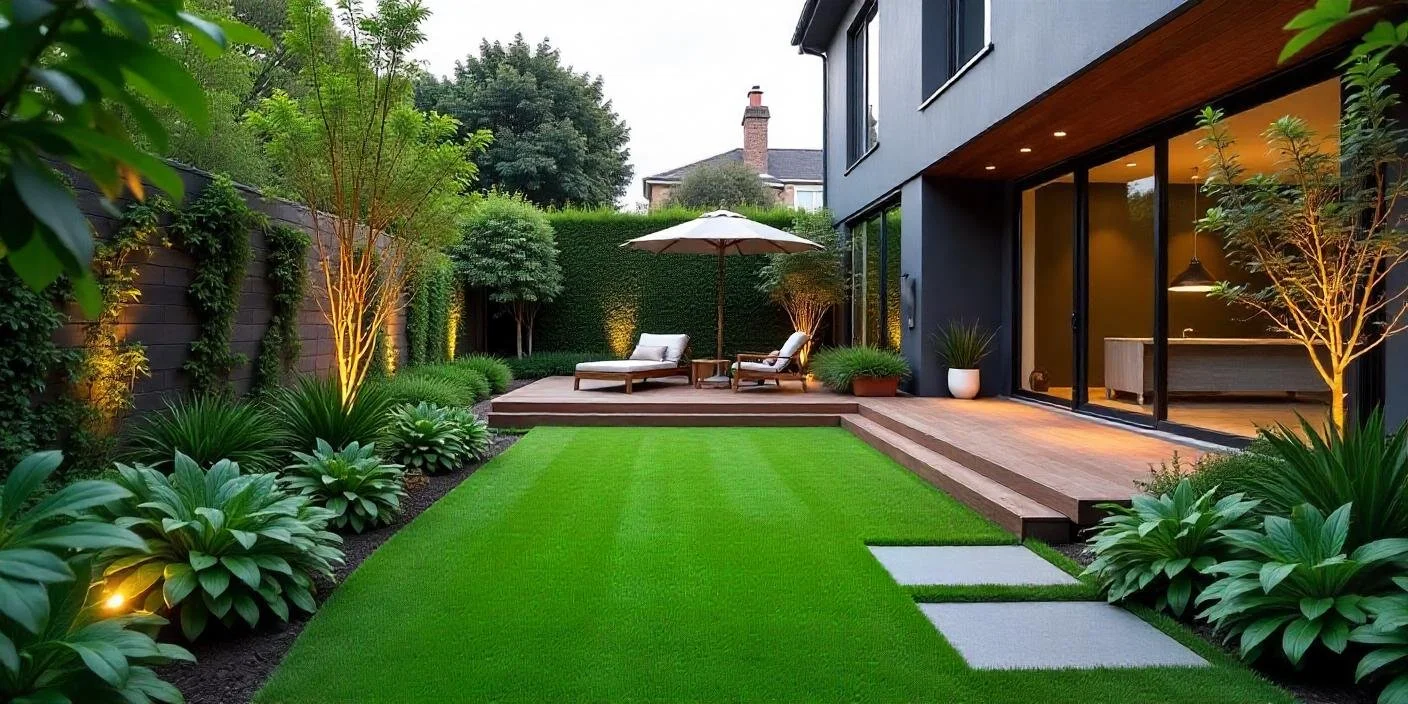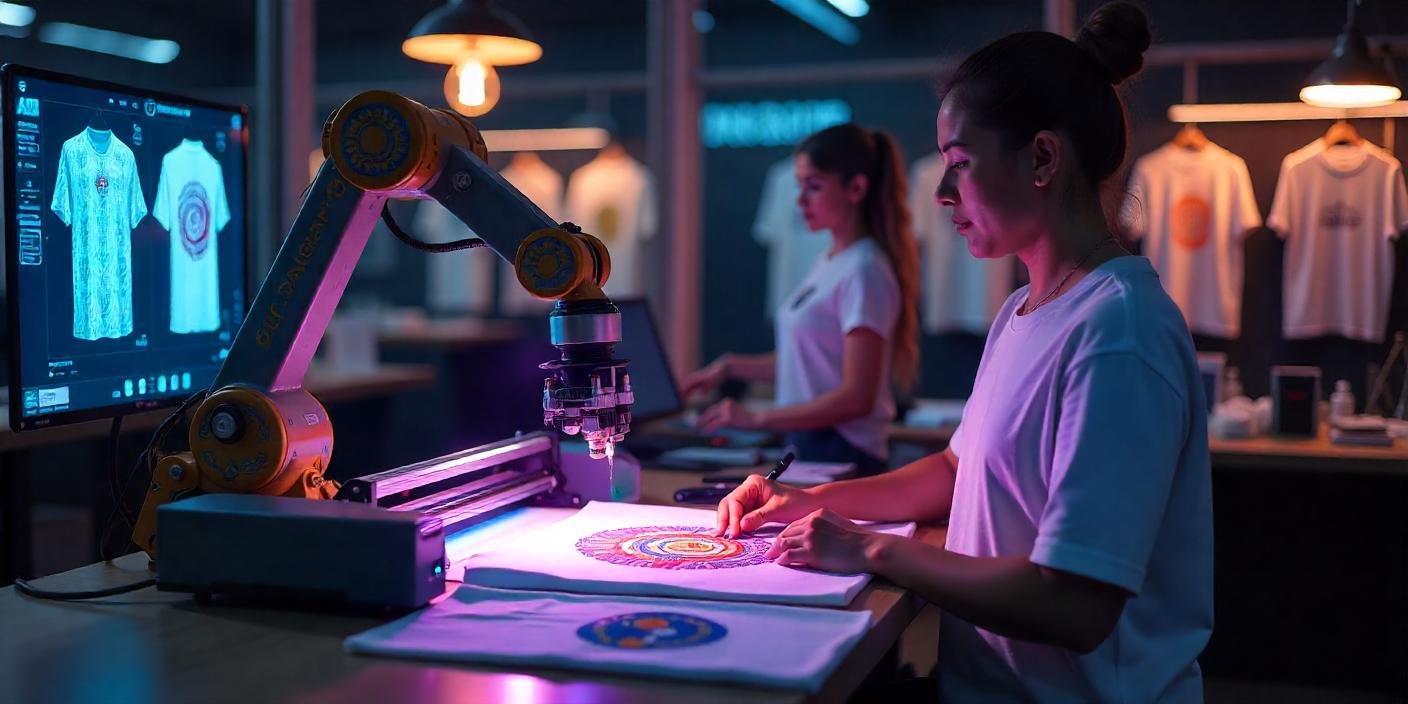Designing with Purpose: How Artificial Grass Enhances Landscape Architecture
Landscape architecture has long balanced the needs of beauty, functionality, and sustainability. As outdoor spaces evolve in both form and purpose, one material is gaining increasing attention among architects, designers, and homeowners alike—artificial grass. Once seen primarily as a solution for sports fields or playgrounds, artificial turf has now become a creative element in the world of modern landscaping.
This shift isn’t driven by convenience alone. It’s about rethinking how green spaces function and feel, especially in environments that require thoughtful planning, water conservation, and durability. This article explores how artificial grass has become a valuable design asset, enhancing the way we shape and experience outdoor environments.
The New Aesthetic of Outdoor Design
The aesthetics of artificial grass have transformed significantly. Where older versions once looked overly synthetic, modern options offer nuanced colors, realistic textures, and natural movement that closely mimic real grass. These visual improvements have unlocked new design possibilities.
Designers now use artificial turf as a foundational material in spaces ranging from private gardens to commercial courtyards. Its uniform appearance creates clean lines and visual consistency, ideal for modern and minimalist styles. In more organic designs, turf blends seamlessly with natural stone, wood, and foliage, offering a controlled canvas that elevates natural elements.
Expanding Functionality Through Surface Versatility
Artificial grass isn’t confined to traditional lawns. Its application has expanded into multi-functional outdoor spaces, including:
Rooftop Gardens: In urban environments with limited ground space, rooftops are being converted into green oases using artificial turf. It provides a soft, usable surface without the weight and maintenance demands of soil and live grass.
Pool Surrounds: Unlike natural grass, turf doesn’t get muddy or damaged by pool water. It stays lush and clean, enhancing both comfort and safety.
Vertical Surfaces: Artificial grass can be applied to vertical elements like walls, facades, and fences to add texture and greenery without irrigation systems.
Pathways and Accents: Designers use strips of turf between pavers or as geometric accents to bring cohesion and softness to hardscape designs.
The adaptability of artificial grass makes it suitable for almost any surface, adding structure and softness in equal measure.
Creating Zones in Outdoor Living Spaces
Outdoor living spaces often serve multiple purposes—from relaxation and dining to recreation and socializing. Artificial grass helps define these zones with clarity while keeping the design cohesive.
By laying turf in a specific area, designers can visually separate a play zone from a seating area without using physical barriers. The grass acts as a visual cue that guides movement and signals different functions within the same space. This method is especially effective in open-concept backyards, public parks, and multi-use residential developments.
Artificial turf also enhances sensory experience. Its soft underfoot texture contrasts with stone, tile, or wood decking, enriching the environment with tactile diversity.
Durability Without Compromising Design
Artificial grass is engineered to withstand heavy foot traffic, weather exposure, and UV radiation. For landscape architects, this reliability means fewer restrictions during the design phase.
Public spaces—such as community centers, hospitality venues, or retail complexes—benefit from the durability of turf in high-traffic areas. It maintains its look and function over time without developing bald spots, mud patches, or trampled areas. This long-lasting appeal reduces the need for replacements and constant upkeep, preserving the integrity of the design for years.
For homes with children and pets, artificial turf resists digging, staining, and rough play. This makes it a go-to material for designing family-friendly spaces that remain visually appealing and functional regardless of use.
Environmental Impact and Sustainable Design Goals
Sustainability has become a guiding principle in landscape architecture. Artificial grass plays a valuable role in reaching eco-friendly benchmarks by reducing water use and eliminating the need for harmful chemicals.
Water Conservation: Turf eliminates the need for irrigation, an essential consideration in drought-prone regions and municipalities with water restrictions.
No Pesticides or Fertilizers: With no need for chemical treatments, turf prevents runoff that can pollute waterways and damage ecosystems.
Recyclable Materials: Many synthetic grass options are now made from recyclable components, contributing to circular economy goals.
Artificial grass supports sustainable certifications like LEED (Leadership in Energy and Environmental Design) by contributing to water efficiency and sustainable site development.
Artificial Grass as a Tool for Accessibility and Inclusion
Designing inclusive spaces requires attention to mobility, texture, and usability. Artificial grass provides a level surface that is ADA-compliant when properly installed, making it accessible to wheelchairs, walkers, and other mobility aids.
The turf’s consistency removes tripping hazards and provides a safe surface for people of all ages and abilities. This feature is especially valuable in schools, retirement communities, and public parks where safety and accessibility are top priorities.
Designers can integrate artificial grass into pathways and recreational zones while maintaining the aesthetic charm of greenery—without the complications of traditional lawn maintenance.
Integration with Smart Landscape Technology
Modern landscapes increasingly incorporate technology for lighting, irrigation, and monitoring. Artificial grass complements this trend by reducing the variables designers need to manage. Since it doesn’t require irrigation or mowing, sensors and smart systems can focus on other environmental aspects like soil moisture in planted areas or ambient lighting.
Some homeowners and designers even pair artificial grass with solar-powered lighting to create eco-conscious spaces that are both low-maintenance and visually striking.
Complementing Plant Life and Greenery
Contrary to the perception that artificial turf replaces all plant life, it can actually coexist with and highlight surrounding greenery. Landscape architects frequently combine synthetic grass with planter beds, shrubs, and trees to create layered, dimensional spaces.
This integration allows plants to shine without the competition from patchy or unhealthy lawn sections. Artificial grass maintains a tidy backdrop that makes colorful blooms and foliage pop visually.
Low-Allergen Outdoor Spaces
For individuals sensitive to pollen or mold, artificial grass offers an allergen-free solution. Its synthetic composition doesn’t harbor pollen the way natural grass does, creating a healthier outdoor environment. This makes it ideal for wellness-focused design projects, such as meditation gardens, spas, and healthcare facilities.
Designing with allergy considerations in mind allows more people to enjoy outdoor spaces fully and comfortably.
Economic Advantages in Long-Term Planning
Initial installation costs for artificial turf can be higher than natural sod, but long-term financial benefits are notable. With minimal maintenance, lower water usage, and longer lifespan, synthetic grass provides savings over time.
In commercial projects, these savings can be significant—especially when maintenance budgets are a concern. By incorporating artificial turf into the early planning phase, architects and developers can present more financially sustainable designs to clients.
Conclusion
Artificial grass is no longer a niche material or a last resort for difficult yards. It’s a versatile, practical, and aesthetically rich design element that enhances landscape architecture across residential, commercial, and public projects.
By addressing challenges related to maintenance, water use, and durability—while supporting inclusive and sustainable design—synthetic turf has earned its place in the modern outdoor design toolkit.
Bella Turf continues to provide innovative artificial grass solutions that empower designers and homeowners alike to reimagine what’s possible in landscape architecture. Whether used as a focal point, functional surface, or complementary element, artificial grass offers endless opportunities for creativity, utility, and beauty in outdoor living.



